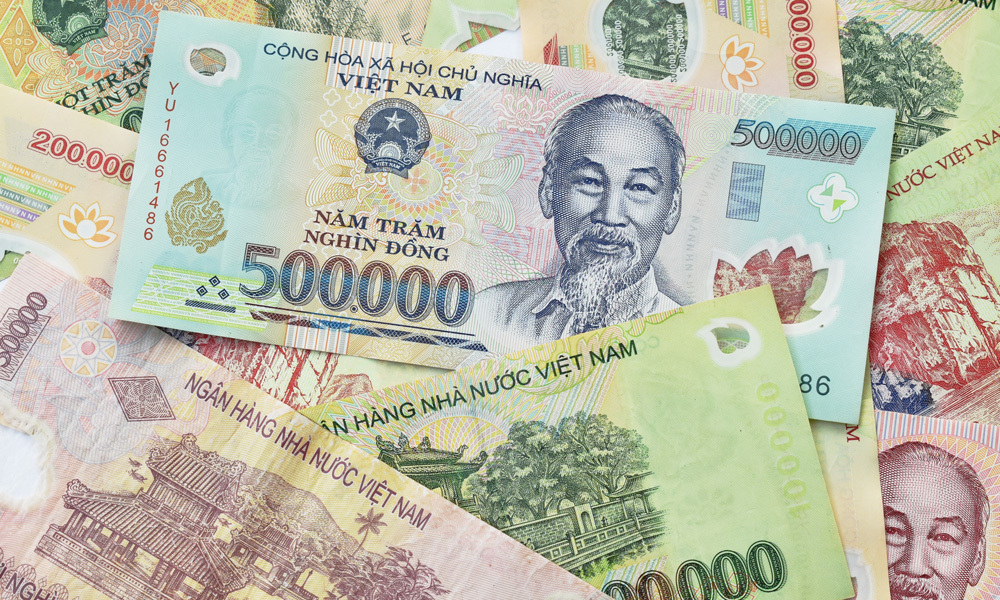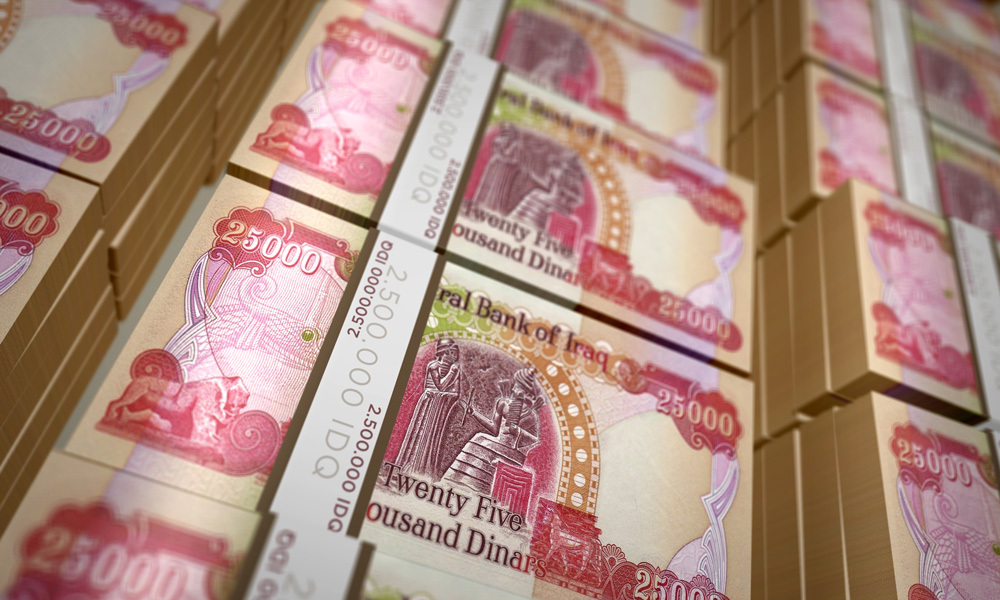The finest-known 1885 Trade dollar sold for $3,960,000 million to collector Dell Loy Hansen of Logan, Utah at the Florida United Numismatists (FUN) Auctions Jan. 10, topping more than 30 other bids. Graded PR66 by Numismatic Guaranty Corporation (NGC), it is one of only five known examples of 1885 proof coins struck (probably) at the Philadelphia Mint.
A Coin Shrouded in Mystery
The origin of the five pieces is one of the great mysteries of coin collecting. Indications are that they were struck at the Philadelphia Mint, but the lack of documentation suggests they may have been struck clandestinely. It’s also possible that they were struck as part of special proof sets for that year since the coin wasn’t officially discontinued until 1887. Either way, only three of the coins have been offered at auction, and they are so rare that none are in the collections of the Smithsonian, the American Numismatic Society, or the American Numismatic Association.
"Owning an 1885 Trade dollar is a privilege reserved for only the most elite numismatists, and owning the finest-known specimen is to own an enduring symbol of numismatic and American history," said Greg Rohan, President of Heritage Auctions, in a press release by the company conducting the convention’s Platinum Night U.S. Coin Auction.
What is a Trade Dollar?
In the years following the Civil War US trade with Asia blossomed. But Asian merchants, especially in China, were skeptical of foreign money, preferring gold or silver bullion coins that were easy to value. Although by law US silver dollars were 90% silver at that time, they were half a gram lighter in weight than Mexican silver pesos, which became the dominant currency in Asian trade.
To counter the trend, which required most US businesses to convert their money to pesos for Asian markets, the government decided to produce a US dollar coin to compete. It would conform to the standards of the Mexican peso in the hope it would replace it as the favored coin of commerce in China. To avoid confusion, it would not be released for circulation in the US.
After considerable debate in Congress and several design changes, the United States Trade Dollar was approved and went into production at Philadelphia in July of 1873. 396,635 coins were struck for commercial use at Philadelphia that year along with 865 proofs. The Carson City Mint struck 124,500 coins in the first year and 703,000 were minted in San Francisco. As was customary, Philadelphia coins had no mint mark while “S” and “CC” marks appeared between the purity statement and “Trade Dollar” inscriptions on the coins’ reverse.
A Quick Exit
The coins circulated well in southern China but were not as popular in the north. Inevitably Trade Dollars found their way back into the US, especially in California, and since they were deemed legal tender by Congress, fluctuations in silver prices caused confusion as businesses debated whether to accept them. Some companies even paid their workers in Trade Dollars because of a favorable exchange rate. An estimated seven million Trade Dollars were in US circulation at one point. That led to the coin’s demonetization in 1876 but production continued for foreign trade.
A drop in silver prices caused the coins to have less than a dollar’s worth of silver while still having a dollar’s face value, so many of the coins were wholesaled and ended up in the hands of speculators.
Production of Trade Dollars for commercial use ended in 1878, but limited numbers of proof coins continued to be struck at Philadelphia. Nearly 35 million Trade Dollars were struck at the three mints over the course of its brief five-year life.
Rarity and Value
Since many of the coins ended up in private hands, examples in circulated condition are not hard to find. Most circulated coins from large mintages at Philadelphia and San Francisco can be bought for around $150. Fewer coins were minted in Carson City, and many of them were melted before being released, so circulated CC coins sell for $400-$500. Uncirculated and proof coins sell in the thousands, and some Carson City coins can top $100,000 in mint condition.
1884 and 1885 Philadelphia proofs are the rarest—only 10 and 5 coins were made, respectively. They have sold for over $1 million, with the recent sale topping the charts.
Collecting Trade Dollars
Serious collectors won’t have much difficulty assembling date and mint sets, but top-quality rare coins require a considerable investment. Because of this, Trade Dollars are frequently counterfeited or altered to increase their value. As with any high-value collectibles, always have the coin authenticated by a reputable coin dealer or third-party grading service before buying.


